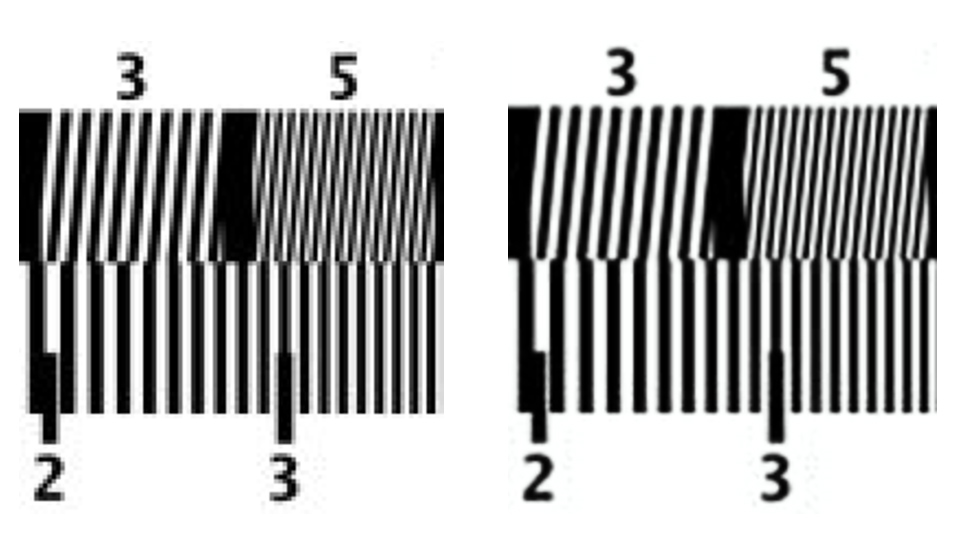Slipping under the radar late last year was the potentially groundbreaking news that Google has come-up with a very clever way to deliver higher-quality versions of low resolution images.
The technology is called RAISR (an abbreviation of Rapid and Accurate Image Super-Resolution since you ask) and it uses machine learning to produce what Google believes to be comparable or better results than other current super-resolution methods, while being between 10-100 faster at rendering as well.
Whereas upsampling demands a larger file size with more pixels to attempt to get a higher quality image from a low-res file, it can still be quite ineffective at improving detail.
Sharp shooting
RAISR works differently, using machine learning to train on pairs of images – one low quality, one high. It then finds filters that when selectively applied to each pixel of the low-res image, manages to deliver results that Google reckons is comparable in quality to the original higher-res image.
The filters in question are edge features found in small patches of the image – a little bit like image sharpening, with brightness/color gradients, flat/textured regions and the angle of an edge some of the elements taken into consideration.

Having learned from a database of more than 10,000 low- and high-res images, RAISR selects and applies these filters to other images. There's more though, -Google looks like it has cracked aliasing artefacts with RAISR as the image below shows, while it also believes the filter learning approach used by RAISR has the potential to remove image noise.

If this is the case, RAISR could be a huge development in image engineering. The way RAISR can deliver better quality low-res images is very impressive. In fact, if you use Google+, you've probably already used it as Google is applying it to over 1 billion images a week to reduce loading speeds – instead of viewing a large image file, Google+ requests images at just a quarter of the size before using RAISR to enhance the quality.
Perhaps though for photographers, it's the hint that this clever technology will be able to potentially eliminate noise from images that's going to get them most excited. We'll have to watch this space to see how this technology advances.